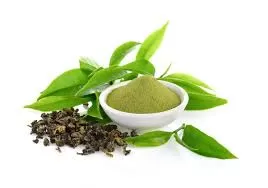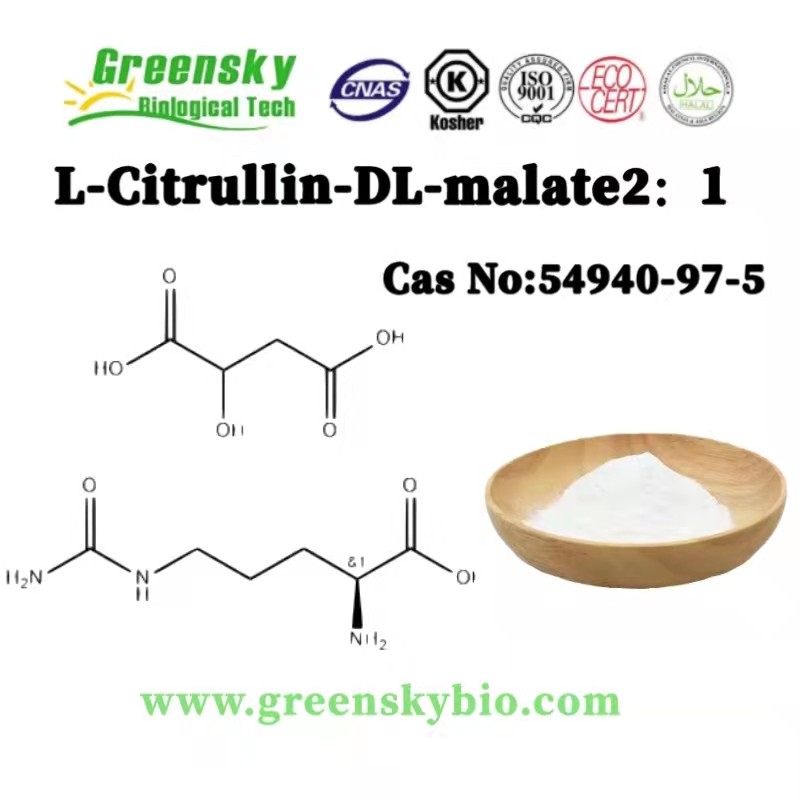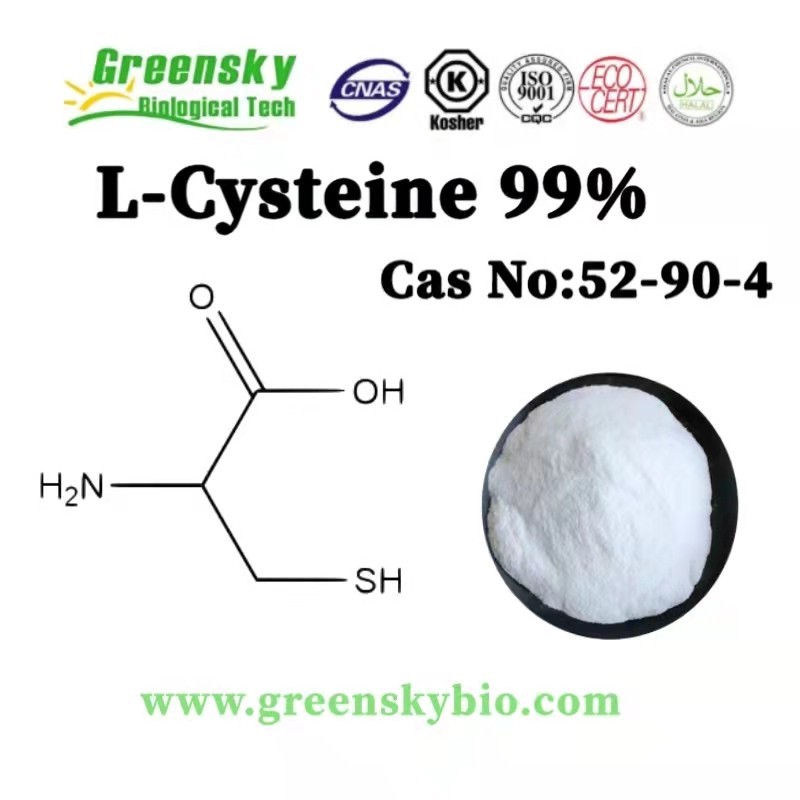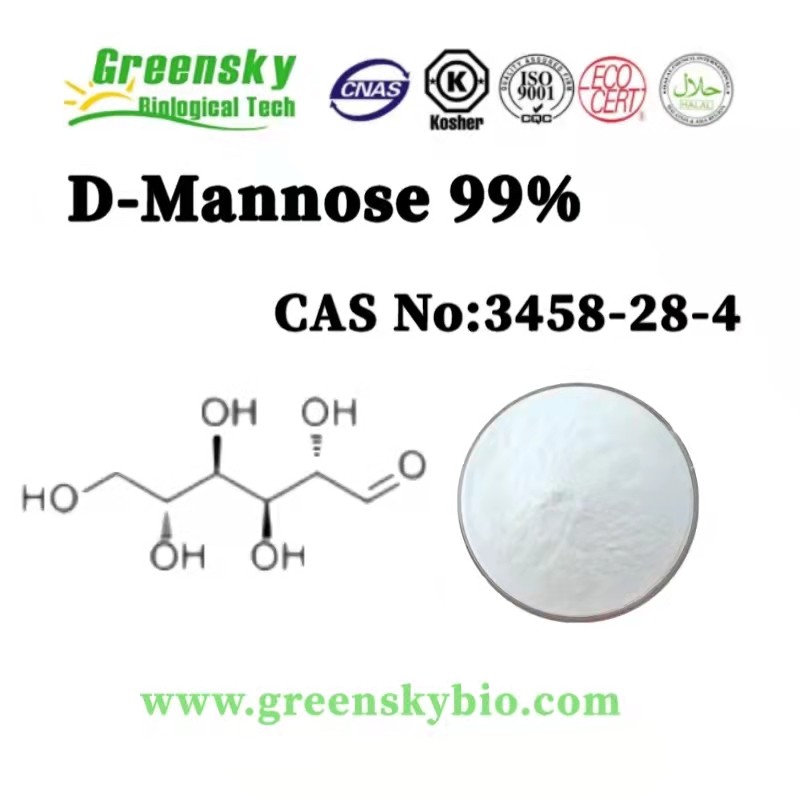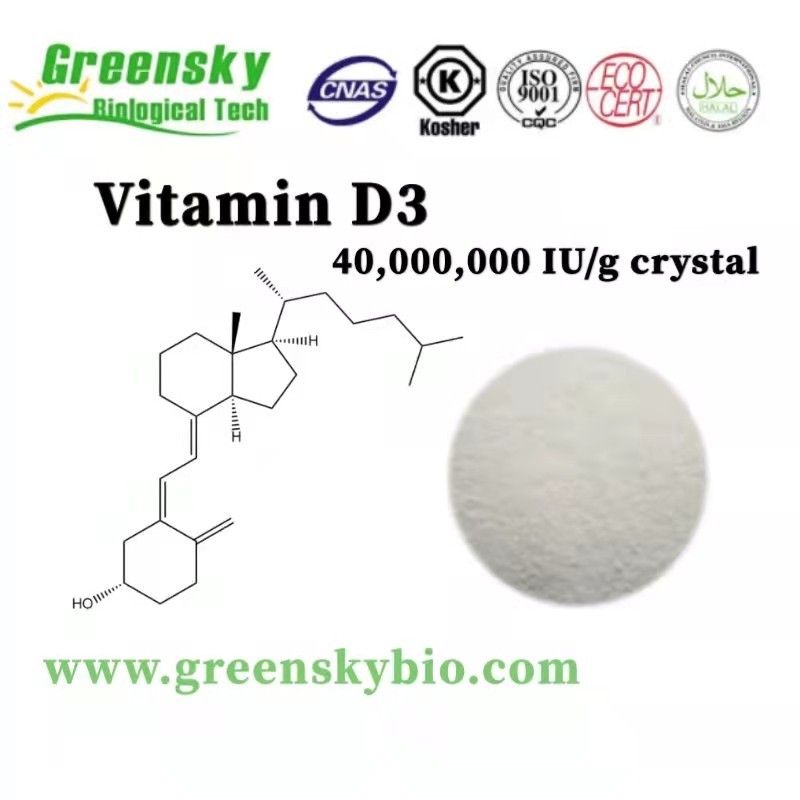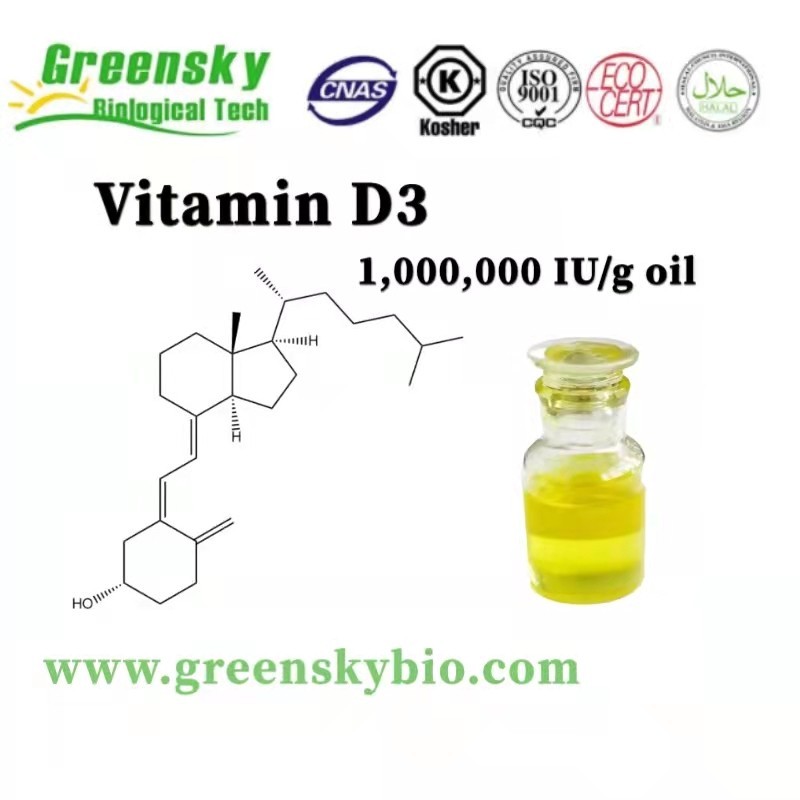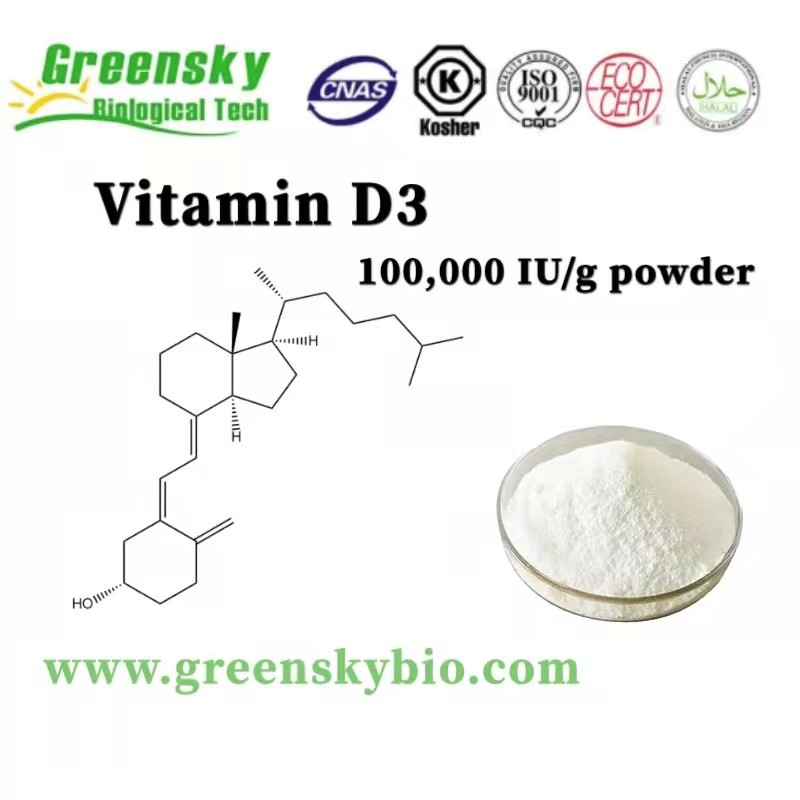- 0086-571-85302990
- sales@greenskybio.com
What Are the Main Techniques of Plant Extraction?
2025-03-17
Plant extraction is a critical process employed in various industries, including pharmaceuticals, cosmetics, food and beverages, and traditional medicine. Extracting active compounds and bioactive substances from plants allows scientists, researchers, and manufacturers to harness their therapeutic and functional benefits for diverse applications. As the need for sustainable and natural solutions continues to grow, understanding the techniques used in plant extraction becomes increasingly important. This article explores the main plant extraction techniques, their principles, applications, advantages, and limitations.
Introduction to Plant Extraction
Plant extraction refers to the process of separating desired bioactive compounds or molecules contained within a plant matrix. Hundreds or even thousands of constituents, including alkaloids, flavonoids, terpenes, phenols, essential oils, tannins, and other secondary metabolites, can be isolated from plant materials. Depending on the chemical properties of the desired components, the extraction technique used can vary significantly.
The choice of the extraction method depends on several factors, such as the type of plant material, the target compound chemical properties, desired yield, efficiency, safety, cost, and environmental considerations. Furthermore, careful attention must be paid to preserve the integrity and bioactivity of the extracted compounds.
1.Solvent Extraction
Solvent extraction is one of the oldest and most commonly used techniques to isolate bioactive compounds from plants. It involves immersing the plant material in a solvent that dissolves the target compounds.
Principle:
This method relies on the solubility of specific plant constituents in a particular solvent. Solvents are selected based on their polarity, boiling point, and ability to interact chemically with the desired compound. Polar solvents such as water, ethanol, and methanol are suitable for extracting hydrophilic compounds, while non-polar solvents like hexane are used for lipophilic compounds such as essential oils.
Process:
The plant material is dried, powdered, or crushed and then placed in contact with the chosen solvent (hot or cold). The mixture may be stirred or left undisturbed until the solutes dissolve into the solvent, forming an extract. Afterward, filtration or centrifugation is performed to remove solid residues.
Variants of solvent extraction include maceration, percolation, infusion, decoction, and Soxhlet extraction, which differ in their temperature, solvent setup, and operation.
Applications:
Commonly used to extract phenols, flavonoids, alkaloids, and tannins for pharmaceutical and nutraceutical applications.
Advantages:
- Economical and simple techniques.
- Suitable for large-scale applications.
Limitations:
- Solvent residues may remain in the extract.
- Risk of losing heat-sensitive compounds during processing.
2. Steam Distillation
Steam distillation is widely employed to isolate volatile compounds or essential oils from aromatic plants, such as lavender, peppermint, and eucalyptus.
Principle:
This method exploits differences in boiling points and volatility between water and plant-based oils. When heat or steam is applied, the essential oils are vaporized and separated from the plant material.
Process:
Plant leaves, flowers, or roots are exposed to steam under controlled conditions. The volatile components vaporize and pass through a condenser, where they are cooled into a liquid state. The essential oils, being non-polar, separate from the water layer through density differences.
Applications:
Predominantly used for the extraction of essential oils in the fragrance, cosmetic, and aromatherapy industries.
Advantages:
- Produces high-quality essential oils.
- Minimizes the use of chemical solvents.
Limitations:
- May not be suitable for heat-sensitive compounds.
- Relatively expensive for small-scale operations.
3. Supercritical Fluid Extraction (SCFE)
Supercritical fluid extraction is an advanced technique that utilizes supercritical fluids, such as carbon dioxide (CO2), to extract plant compounds.
Principle:
Supercritical fluids combine liquid-like solubility with gas-like diffusivity properties. CO2 is commonly used because it is non-toxic, inert, and achieves a supercritical state at relatively low temperature and pressure. By adjusting the temperature and pressure, selective extraction of compounds is possible.
Process:
Plant material is placed in an extraction vessel. CO2 is pressurized into its supercritical state and passed through the plant matrix. Co-solvents such as ethanol may be added to enhance extraction selectivity. Afterward, CO2 is depressurized, leaving behind the extracted compounds.
Applications:
Widely used to extract heat-sensitive bioactives, essential oils, flavors, and pharmaceutical compounds.
Advantages:
- Environmentally friendly and solvent-free.
- Highly selective process.
- Suitable for thermolabile compounds.
Limitations:
- High operational costs and sophisticated equipment.
- Limited accessibility for small-scale users.
4. Ultrasound-Assisted Extraction (UAE)
Ultrasound-assisted extraction utilizes ultrasonic waves to enhance the extraction process.
Principle:
Ultrasound waves create cavitation bubbles in liquid, which collapse near the plant material, causing microjets and agitation. This facilitates the release of target compounds from plant cells.
Process:
Plant material is mixed with solvent and exposed to ultrasonic waves in an ultrasonic reactor. The cavitation improves mass transfer and accelerates the extraction process.
Applications:
Used for extracting polyphenols, antioxidants, and other bioactive compounds.
Advantages:
- Faster and more efficient than traditional solvent extraction.
- Requires less solvent consumption.
- Preserves bioactivity.
Limitations:
- May degrade compounds if ultrasonic exposure is excessive.
- Not suitable for large-scale operations.
5. Microwave-Assisted Extraction (MAE)
Microwave-assisted extraction applies microwave energy to heat the solvent and plant material for rapid extraction.
Principle:
Microwaves generate thermal energy within the plant matrix, causing cell disruption and enhancing solvent diffusion into the tissue. This accelerates compound release.
Process:
The powdered plant material is mixed with solvent and exposed to microwave energy under controlled conditions.
Applications:
Frequently used for extracting alkaloids, flavonoids, and bioactive compounds.
Advantages:
- Rapid extraction process.
- Reduced solvent usage.
- Energy-efficient.
Limitations:
- May degrade compounds due to excessive heat.
- Requires specialized equipment.
6. Pressurized Liquid Extraction (PLE)
Pressurized liquid extraction, also known as accelerated solvent extraction, uses high pressure to increase the solubility and diffusion of target compounds.
Principle:
At elevated pressure and temperature, the solvent maintains a liquid state and penetrates the plant matrix more effectively.
Process:
Plant material is loaded into an extraction chamber, and pressurized solvent flows through it. The high-pressure environment accelerates compound dissolution.
Applications:
Widely used in analytical chemistry for extracting bioactives, flavors, and medicinal components.
Advantages:
- Requires less solvent compared to conventional methods.
- Faster extraction process.
Limitations:
- Expensive equipment is required.
- May degrade heat-sensitive compounds.
7. Enzyme-Assisted Extraction (EAE)
Enzyme-assisted extraction utilizes plant-cell-wall-degrading enzymes, such as cellulase and pectinase, to release trapped bioactive compounds.
Principle:
Enzymes break down cell walls and intracellular matrices, facilitating the release of bioactives for efficient extraction.
Process:
Plant material is treated with specific enzymes in a water-based solvent system under optimal conditions of temperature and pH.
Applications:
Effective for extracting polysaccharides, phytochemicals, and bioactive proteins.
Advantages:
- Environmentally friendly and sustainable.
- Preserves bioactivity of extracted compounds.
Limitations:
- Requires precise enzyme dosing.
- Expensive enzyme preparation.
Conclusion
Plant extraction techniques play a key role in isolating valuable bioactive compounds for applications in medicine, cosmetics, and food industries. Each method has its unique principles, advantages, and limitations, and the choice of technique depends on the type of plant material, the target compounds, and production requirements.
While traditional methods like solvent extraction and steam distillation remain popular, modern techniques such as supercritical fluid extraction, ultrasound-assisted extraction, and microwave-assisted extraction are gaining traction due to their efficiency, environmental friendliness, and ability to preserve sensitive compounds. Emerging technologies like pressurized liquid extraction and enzyme-assisted extraction continue to enhance the extraction process with innovative solutions.
As science and technology advance, plant extraction methods will continue to evolve, contributing to the sustainable and efficient utilization of plant resources.
-
L-Glutamine and DL-Malic Acid Salt
2025-03-17
-
L-Cysteine
2025-03-17
-
D-Mannose
2025-03-17
-
D3 40,000,000 IU
2025-03-17
-
Vitamin D3 1,000,000 IU
2025-03-17
-
Vitamin D3
2025-03-17





